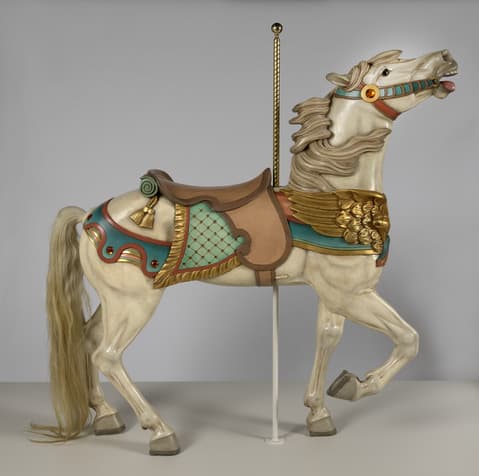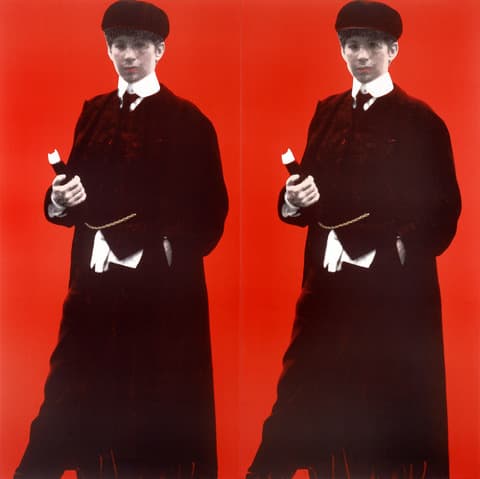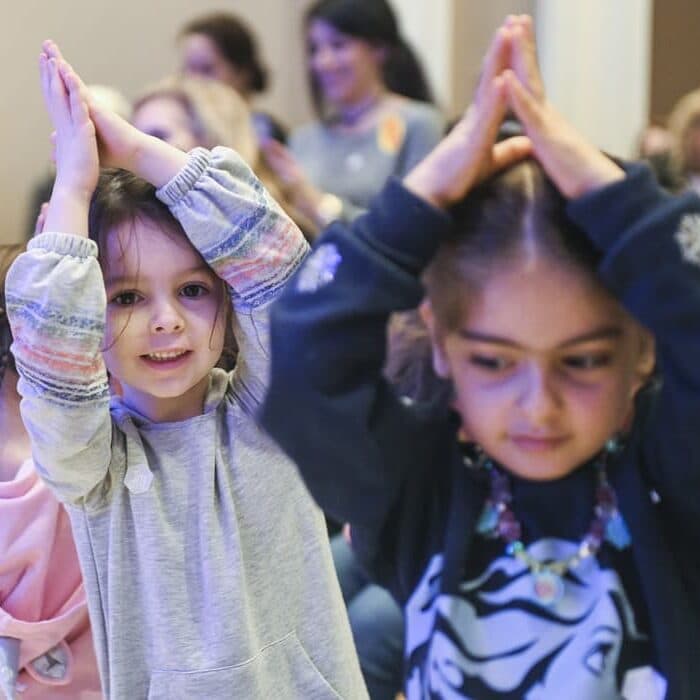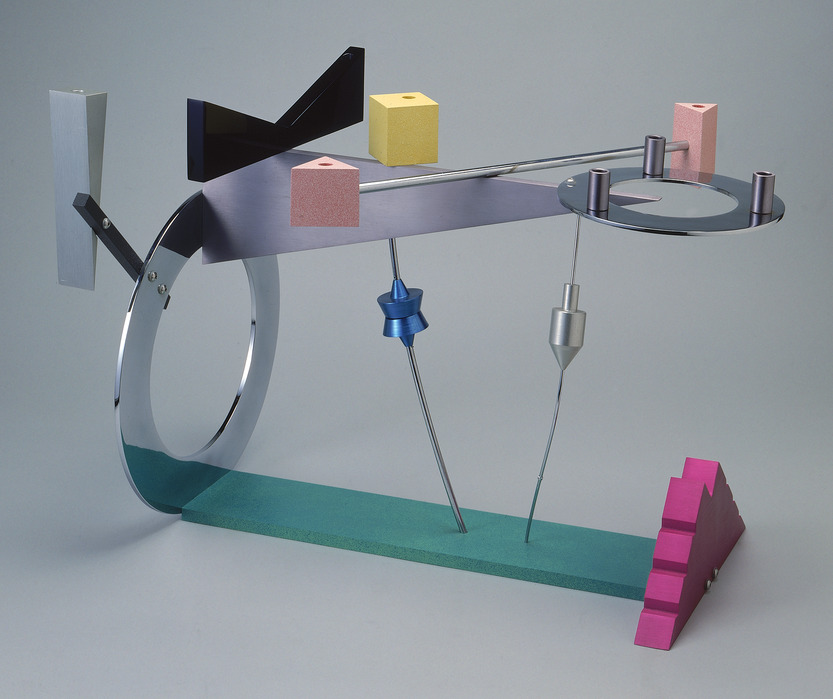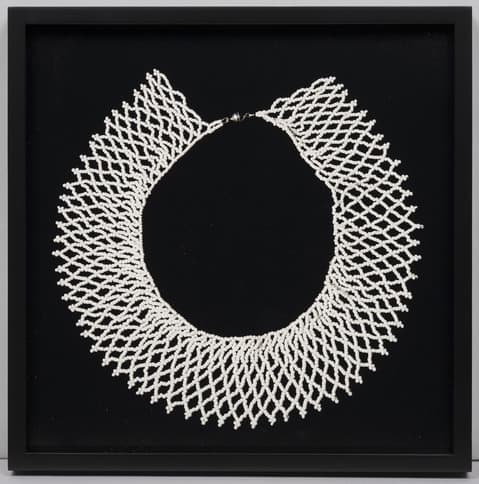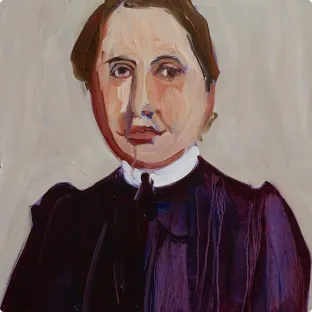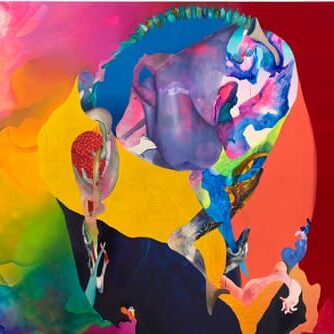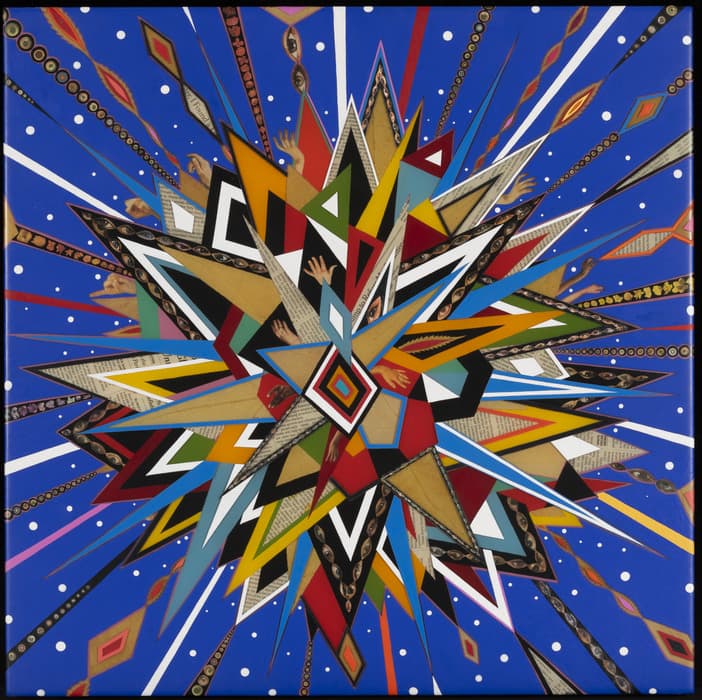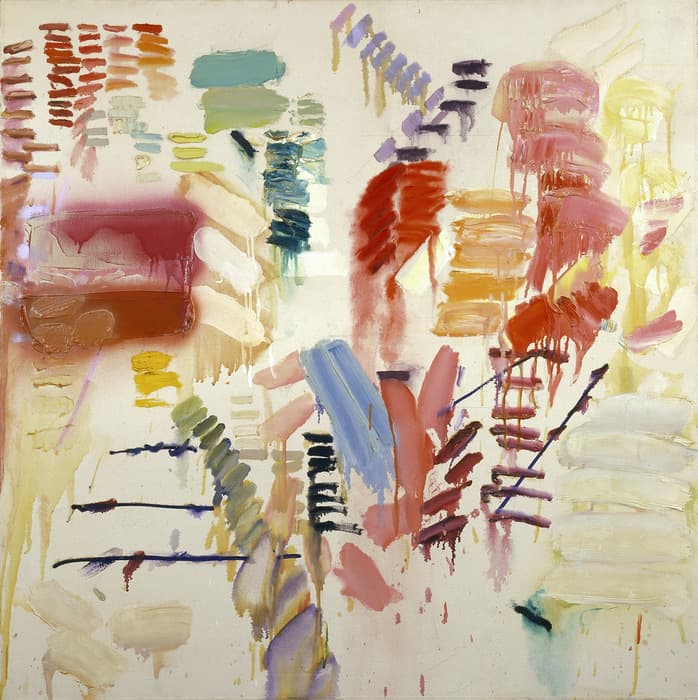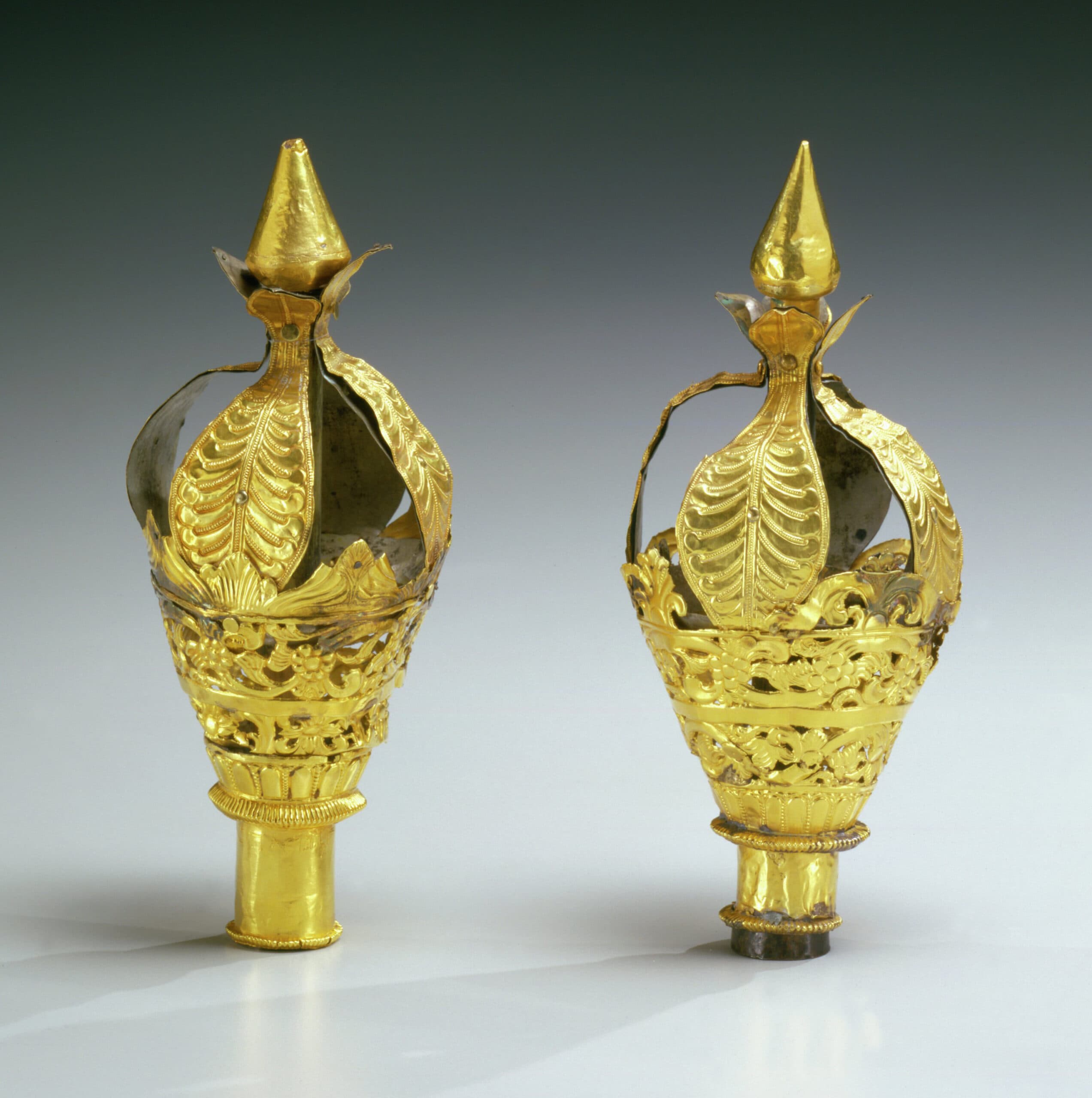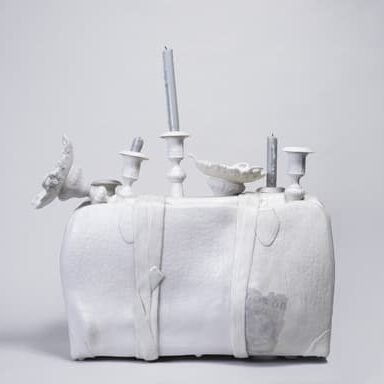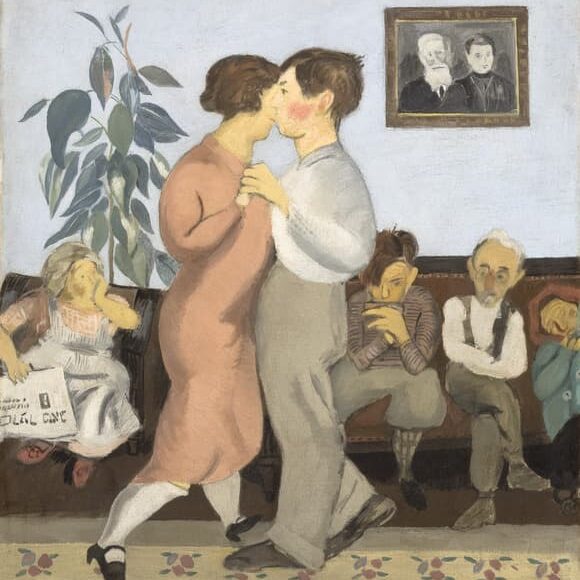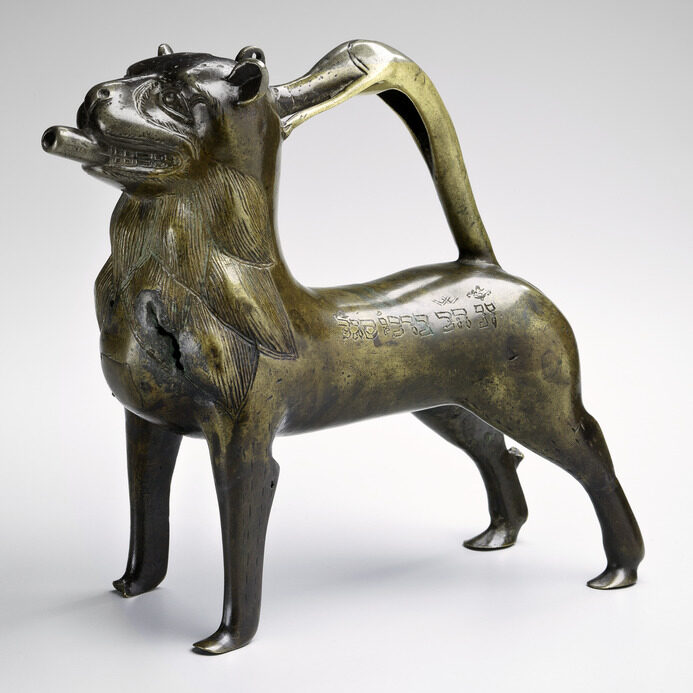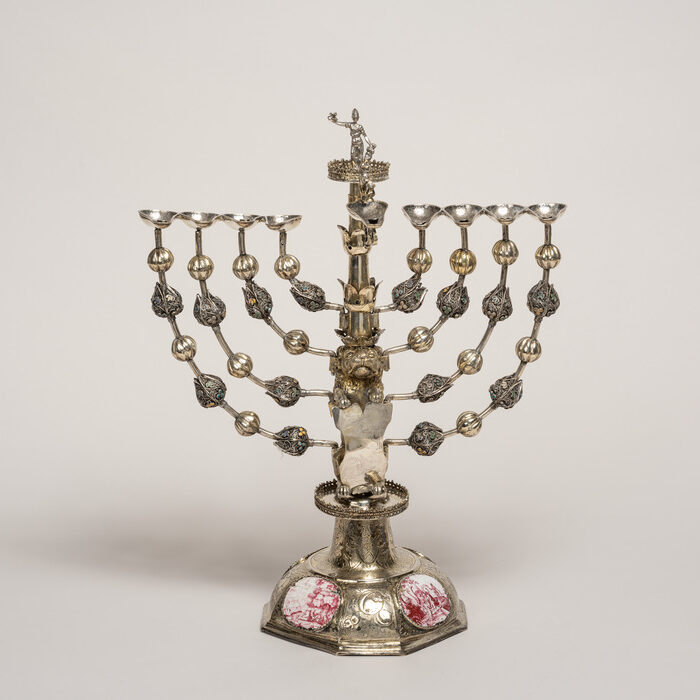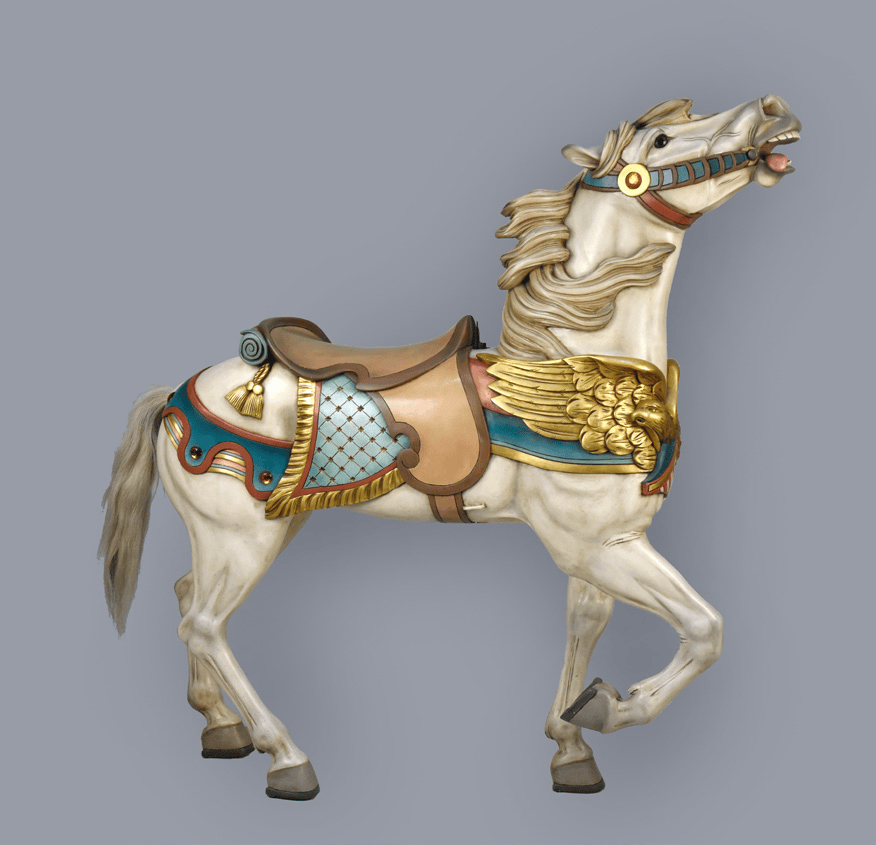
Coney Island
Opens April 1, 2022
New York, NY, April 1, 2022–The Jewish Museum presents Coney Island, an installation showcasing photographs of the famed amusement park from the late 1930s through the late 1950s by Martin Elkort, Morris Engel, Sid Grossman, Sidney Kerner, Arthur Leipzig, and Leon Levinstein, along with two “Coney Island” style carousel horses created by master carvers Charles Carmel and Marcus Charles Illions. It will be on view in the Jewish Museum’s collection exhibition Scenes from the Collection beginning April 1, 2022.
Since its beginnings in the 1870s, Coney Island has been an extraordinary spectacle. Promoted as the most original and celebrated summer resort in the world, this amusement park on the Atlantic Ocean in Brooklyn, New York, quickly became a prominent source of inspiration for all kinds of artists in all media. From its daredevil stunts and terrifying rides to bizarre sideshows, Coney Island thrived as an ever-growing prism of modern, urban American life. Its allure was constantly evolving as a new cultural landscape for writers, Hollywood filmmakers, painters, and, especially by the mid-twentieth century, photographers.
Coney Island attracted social, racial, and ethnic diversity, embodying the working-class aspirations and love of amusement in the United States. Called the “People’s Playground,” the locale presented a treasure trove of photographing opportunities, especially throughout the 1940s and 1950s for the documentary photographers of New York’s Photo League. Comprised mostly of first-generation Americans, the League emerged from the Great Depression, coming together during the mid-1930s. While these like-minded progressive idealists were concerned with issues of class and civil rights, many focused on everyday people having fun in their free time at Coney Island. League photographers, such as Morris Engel, Sid Grossman, and Arthur Leipzig, concentrated on lovers and friends frolicking on the beach or on carnival rides. Many of these images have since become part of the cultural identity of the United States. The installation includes a selection of photographs depicting scenes from Coney Island from the Museum’s collection.
One of the most popular rides in Coney Island was the carousel. Carousels were being carved in England and Germany well before they became popular in the United States toward the end of the nineteenth century. Charles Carmel and Marcus Charles Illions were among the many Jewish carvers who fled antisemitism in Eastern Europe. Having honed their skills carving symbolic animal imagery for synagogues, they ultimately found their way to the United States. For these artists the robust carousel industry of the period proved to be the perfect outlet for their extraordinary gifts.
Carmel trained in wood carving as a young man in his native Russia. He was steeped in the Eastern European Jewish tradition of carving intricate wooden Torah arks, replete with lions, deer, eagles, and other emblematic animals. The magnificent white horse from c. 1914 on display in the installation was created by Carmel in what was later known as the Coney Island style. The highly naturalistic rendering of the horse is characteristic of Carmel, whose steeds were strong and aggressive with windswept manes, open mouths, and batwing saddles. The artist settled in Brooklyn and soon began applying his skills to the crafting of carousel horses at various workshops.
In Brooklyn, Carmel met other Eastern European Jewish master carvers, including Marcus Charles Illions. Both artists translated their repertoire from the sacred to the secular, the realm of the synagogue to that of the amusement industry. Illions is also acknowledged as a great master, referred to as “the Michelangelo of carousel carvers” by The New York Times. The son of a horse trader in Russia, he first began carving in England and then immigrated to the United States where he soon started his own company. His horses also helped define the Coney Island style, characterized by its flamboyance and abundant use of jewels and gold and silver leaf, as in the example featured in the installation from c. 1915.
Press contacts
Daniela Stigh, [email protected]

